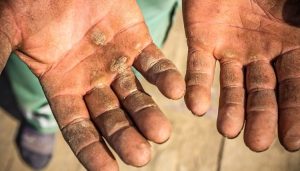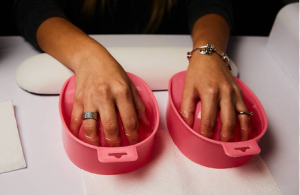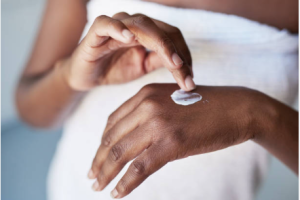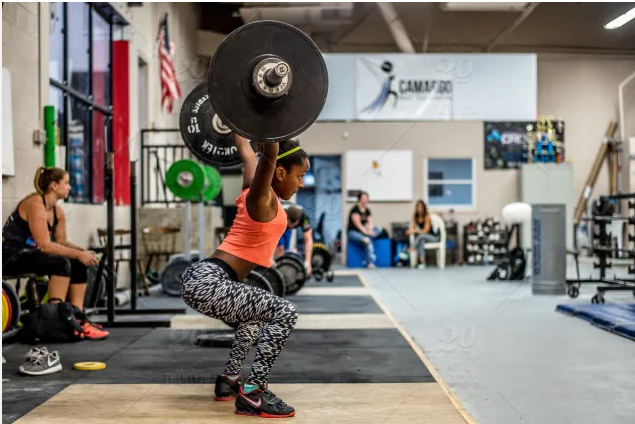Weightlifting is a fantastic way to build strength and confidence, but it can often lead to the development of calluses on your hands. These small areas of thickened, tough skin form as a result of repeated friction and pressure – a common side effect of handling weights and bars.
While they’re sometimes worn as a badge of hard work in the gym, calluses can be uncomfortable and even painful. For women who lift weights and want to maintain hand health and aesthetics, knowing how to prevent and manage calluses is crucial.
 Understanding calluses in weightlifting
Understanding calluses in weightlifting
Calluses are your body’s way of protecting skin from ongoing friction. In weightlifting, they commonly appear on the palms and fingers due to the constant gripping of bars and weights. While they’re a natural response, excessive calluses can lead to discomfort and even affect your grip.
Prevention strategies
Grip technique matters: Your grip plays a crucial role in callus formation. Avoid gripping the bar too tightly and position it in the lower part of your fingers, not deep in the palm. This reduces the skin’s pinching and bunching, which leads to callus formation.
 Consider gloves or grips: Weightlifting gloves or grips can provide a barrier between your skin and the equipment. They reduce friction and can be particularly useful for prolonged lifting sessions. Look for options designed for women, as they’re often better suited to smaller hand sizes.
Consider gloves or grips: Weightlifting gloves or grips can provide a barrier between your skin and the equipment. They reduce friction and can be particularly useful for prolonged lifting sessions. Look for options designed for women, as they’re often better suited to smaller hand sizes.
Regular hand care: Moisturize your hands regularly to keep the skin supple. Dry, brittle skin is more prone to cracking and callusing. Incorporate hand creams or lotions into your daily routine, especially after workouts.
Treatment and management
 Soaking and softening: Soak your hands in warm water for about 10 minutes after workouts. This softens the calluses, making them easier to manage. You can add Epsom salts or mild soap for extra softening.
Soaking and softening: Soak your hands in warm water for about 10 minutes after workouts. This softens the calluses, making them easier to manage. You can add Epsom salts or mild soap for extra softening.
 Safe callus removal: Once softened, gently use a pumice stone or callus file to reduce the thickness of the calluses. Be gentle and avoid over-filing, as this can lead to soreness and even more callus formation. Avoid cutting calluses, as this increases the risk of infection.
Safe callus removal: Once softened, gently use a pumice stone or callus file to reduce the thickness of the calluses. Be gentle and avoid over-filing, as this can lead to soreness and even more callus formation. Avoid cutting calluses, as this increases the risk of infection.
 Moisturize and protect: After treating your calluses, apply a good quality hand cream. This helps to repair and protect the skin. Before your next workout, consider using protective handwear to minimize friction.
Moisturize and protect: After treating your calluses, apply a good quality hand cream. This helps to repair and protect the skin. Before your next workout, consider using protective handwear to minimize friction.
When to seek professional help
Signs of trouble: If a callus becomes excessively painful, changes color, or shows signs of infection (like redness, swelling, or pus), it’s time to see a healthcare professional.
• Professional Care: For persistent callus problems, a visit to a dermatologist or a hand therapist may be warranted. They can provide specialized care and advice on prevention and treatment.
Conclusion
Calluses from weightlifting are common, but with the right techniques and care, you can manage them effectively. Remember, while calluses are a natural part of weightlifting, your comfort and hand health are important. With these tips, you can keep your hands strong and healthy, just like the rest of your body. Embrace your strength training journey with confidence, knowing you’re equipped to handle one of its few downsides – those pesky calluses.


